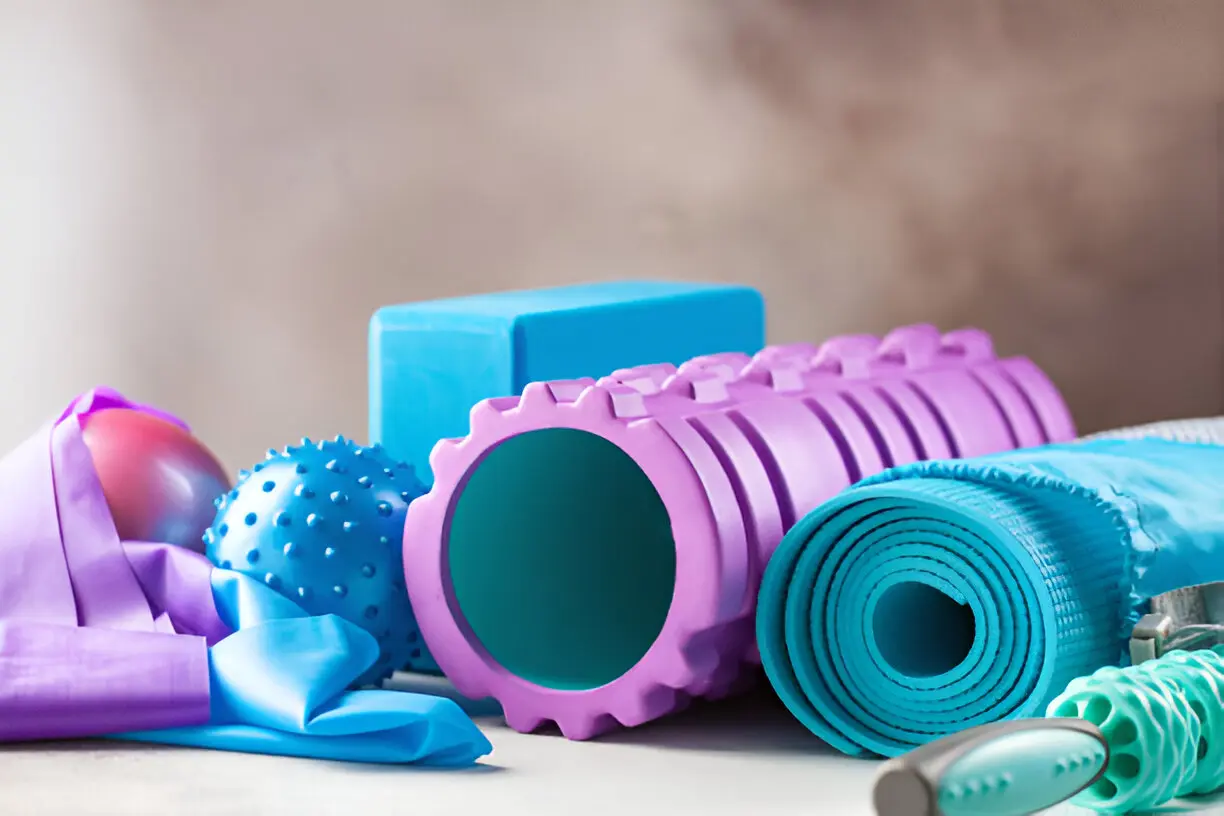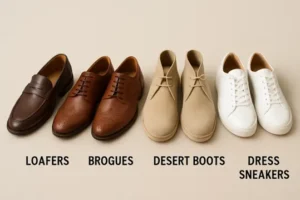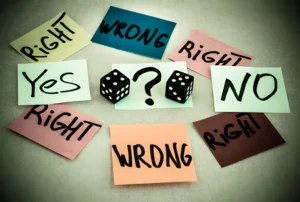Foam rolling has become a go-to recovery method for athletes, fitness enthusiasts, and even people with desk jobs who suffer from muscle stiffness. But walk into any sports store, and you’ll notice — not all foam rollers are the same.
Different foam rollers serve different purposes, and using the right one can make a big difference in how effectively you recover. In this guide, we’ll break down 7 types of foam rollers and help you choose the one that’s best for your needs.
1. Standard Foam Roller
Best for: Beginners & general use
The standard foam roller is usually made from medium-density foam, providing a balance between comfort and firmness. It’s great for easing into foam rolling without causing too much discomfort.
Use it for: Overall muscle relaxation, light soreness relief, and warming up before workouts.
2. Soft Foam Roller
Best for: Beginners with sensitive muscles or injuries
A soft foam roller offers a gentler massage, making it perfect for people who are new to self-myofascial release or recovering from injuries.
Use it for: Gentle recovery sessions, post-therapy care, and areas prone to tenderness.
3. Firm Foam Roller
Best for: Experienced users & deep tissue work
Firm foam rollers apply more pressure and penetrate deeper into muscles, breaking down tough knots and tight fascia.
Use it for: Post-workout recovery for athletes, runners, or weightlifters who prefer intense muscle release.
4. Textured Foam Roller
Best for: Targeting knots & improving circulation
These rollers come with ridges, grids, or bumps designed to mimic the hands of a massage therapist. They’re excellent for breaking up adhesions and improving blood flow.
Use it for: Releasing stubborn trigger points, enhancing mobility, and pre-workout activation.
5. Half-Round Foam Roller
Best for: Balance training & stretching
Shaped like a cylinder cut in half, this roller is more stable and is often used for balance exercises, stretching, and physical therapy.
Use it for: Posture correction, core stability training, and gentle stretches.
6. Short Foam Roller
Best for: Travel & small muscle groups
Usually around 12 inches, short foam rollers are compact and perfect for portability. They’re ideal for targeting smaller areas like calves, arms, and neck.
Use it for: On-the-go recovery, office use, and quick pre-gym warm-ups.
7. Vibrating Foam Roller
Best for: Advanced recovery & muscle stimulation
These rollers combine vibration therapy with traditional rolling to stimulate blood flow and speed up recovery. They’re especially helpful for relieving deep muscle tension.
Use it for: High-performance training recovery, intense soreness relief, and post-competition recovery.
How to Choose the Right Foam Roller
When picking a foam roller, consider:
- Your experience level – Beginners may prefer softer rollers, while advanced users can opt for firm or textured ones.
- Your goals – For deep tissue work, choose firm or textured rollers; for gentle recovery, go soft or half-round.
- Portability – If you travel often, a short foam roller is more practical.
- Extra features – Vibrating rollers are ideal if you want enhanced muscle stimulation.
Final Thoughts
Foam rolling is one of the most effective ways to improve flexibility, reduce muscle soreness, and speed up recovery. Choosing the right type of foam roller depends on your comfort level, recovery needs, and lifestyle.
Whether you go for a soft roller for gentle care or a textured one for deep muscle release, the right foam roller can become your best recovery partner. And if you want to take your recovery to the next level, pairing a foam roller with tools like massage sticks or balls can give you a complete self-massage solution.
Also Read-How Modern Lifestyles Influence Spine Health








